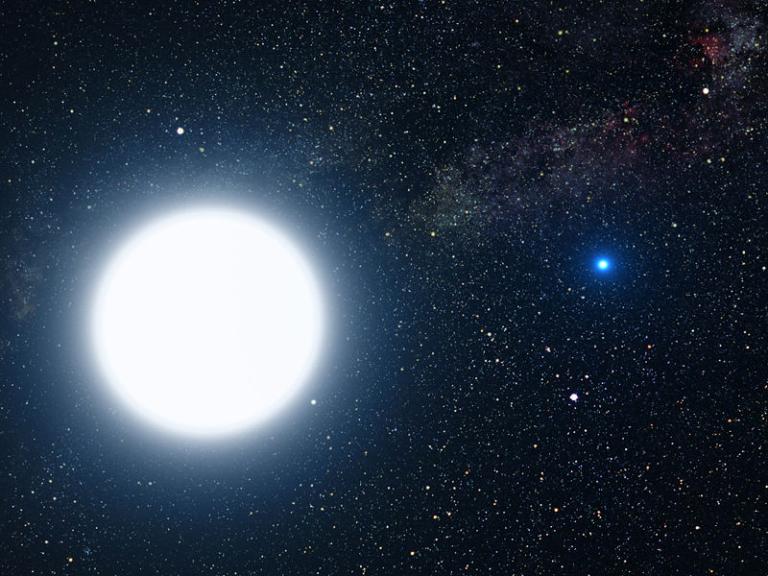
(Wikimedia Commons public domain)
More dreary prose from my manuscript:
The Arabs were also adept at engineering. In hydraulics, the Abbasid dynasty was already thinking of constructing a Suez canal, connecting the Mediterranean Sea with the Red Sea. Unfortunately, they had to give up the idea. It was only finally completed, to the huge benefit of the region, in the nineteenth century. (Giuseppi Verdi’s famous Egyptian opera Aida was composed to commemorate the great event.) The waterwheel, invented by the Arabs, was brought to Europe by the Crusaders and played an important role in Western economic development. One of the most famous creations of Arab technical expertise was a mechanical tree with silver and gold birds that dazzled ambassadors of the Byzantine emperor Constantine VII, who were visiting the court of al-Muqtadir at Baghdad in 917 A.D.
A representative figure for general Arab science in the medieval period might be al-Biruni (d. 1048), whom the famous Western historian of science George Sarton calls “one of the greatest [scientists] of all times …His critical spirit, toleration, love of truth, and intellectual courage were almost without parallel in medieval times.”[1] Very few in the West have heard of him, but he was perhaps the first person to make an accurate determination of latitude and longitude. He discussed the possible rotation of the earth on its axis six centuries before Galileo did. And, an example of his wide-ranging interests, he studied Sanskrit and composed a very accurate and objective History of India.
And now a note on Islamic astronomy:
The very size and extent of the Islamic world was a great help in astronomical research. Observations from widely separated points were written up in Arabic, the great scientific language of the day, and could be compared by scientists living thousands of miles apart. Muslims, Christians, and even Chinese astronomers were collaborating at the great observatory of Maragheh, in northwestern Iran, by medieval times.
Our debt to Arab astronomy is shown in the large number of Arabic star names that have entered our own astronomical lore. A few examples should be enough to make the point. The name of the star Aldebaran, for instance, means “the one behind,” and comes from the fact that, in the Arab view, it was situated behind the constellation known to us as the Pleiades. Vega, the fifth brightest star in the night sky, bears a distorted Arabic name, which may be a little bit easier to understand if we recall that the letter “v” in Latin, the language of medieval Western science, is pronounced like the English “w“: classical Arab astronomy knew Vega as al-wadi, “the faller.” The constellation of the “Twins,” known to us as Gemini, is called al-jawza by the Arabs. Betelgeuse, the oddly named star that showed up a few years ago in an astonishingly bizarre Hollywood movie, is one of the stars at the top of Gemini. The Arabs called it bat al-jawza, meaning “shoulder of the twins.” The star Deneb forms the tail of the constellation Cygnus, or the “Swan.” Its name in Arabic means “tail.” The name of Altair, the twelfth brightest star visible from earth, is Arabic for “the flier.” Fomalhaut, another strangely-named star that is the eighteenth brightest in the sky, is part of the constellation known as Pisces, or the “Fish”; its Arabic name means “mouth of the fish.” Algol, which we now know to be actually two stars revolving around each other, fluctuates in brightness approximately every three days as the brighter of the two stars is eclipsed by the dimmer one. This strange variation in brightness, easily visible to the naked eye, may have been a reason that led the Arabs to call it “the demon.” (Our word ghoul comes from the same source; in early Arabian lore, a ghul was a desert demon who appeared in varying shapes.) Rigel, the seventh brightest star in the sky, is one of the feet of the constellation known to us as Orion the Hunter; in Arabic, rijl means “foot.”[2]
[1] George Sarton, Introduction to the History of Science, 2 vols. (Washington: Carnegie Institution of Washington, 1927), 1:707.
[2] Some students of the Book of Abraham, including the present author, have suggested that the great star Kolob, referred to in Abraham 3, may be linked in some way with the visible star Sirius. Sirius is, by a considerable distance, the brightest star in the night sky. It has been widely known since ancient times as the “Dog Star.” The word for “dog” in Arabic is Kalb.
Posted from Laie, Oahu, Hawai’i












